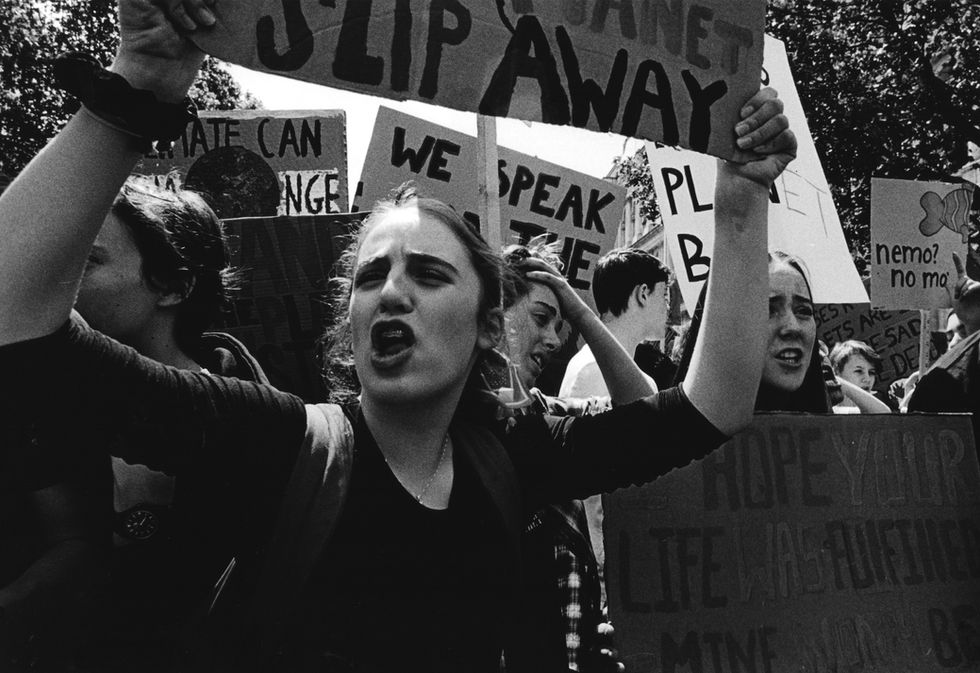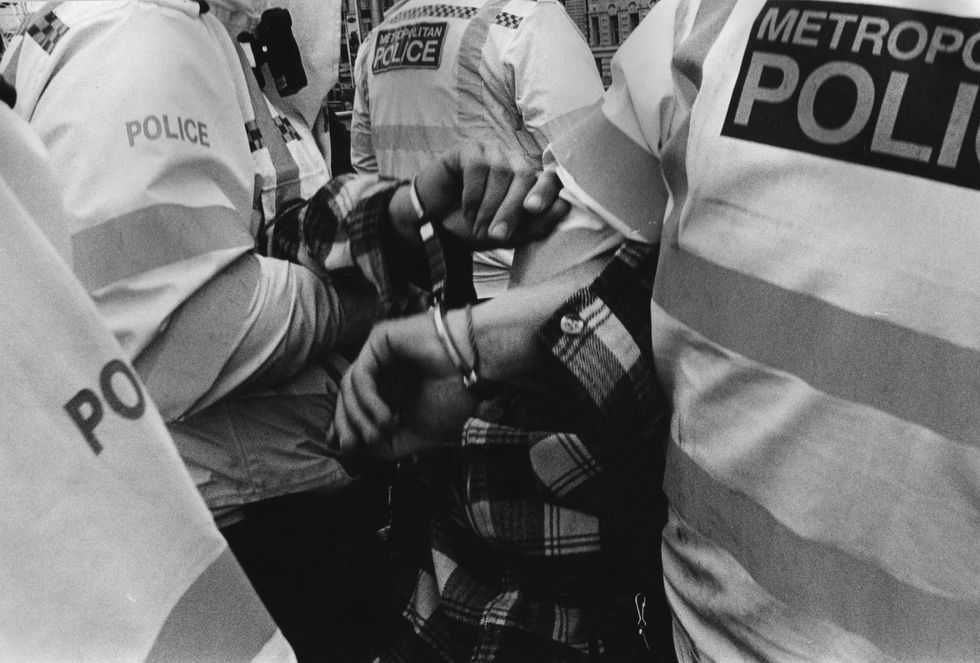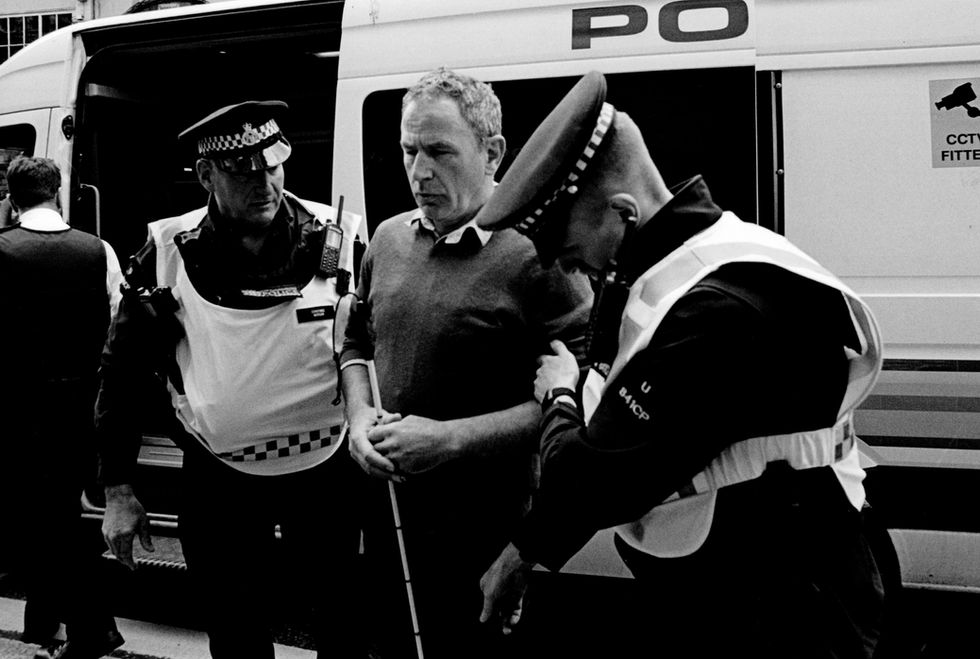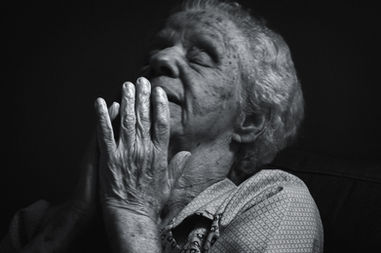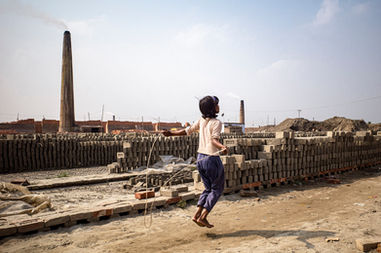
ACTIVISTS FOR CHANGE
A MODERN TRIBE OF ENGLAND
May 14, 2021
PICTORIAL STORY
Photography and story by David Gilbert Wright
During the 20th Century, Edward Steichen, the great American photographer embarked on his celebration of Humanity - The Family of Man. Once complete, it became his Magnus Opus and the exhibition travelled the world. It inspired me to begin to consider how people are both very different but at the same time very similar. Now, in the second decade of the twenty first century, it started to become apparent that one thing we all have in common is the need to belong to groups. Societies are made up of many groups and sub-groups and some people belong to more than one. The reasons for membership include age, sexuality, employment, religion, race, political views, cultural interests, hobbies, pastimes to name a few. Further reading brought me to the realisation that belonging to a group can be hugely beneficial. Social connections are what enable us to feel safe and therefore healthy and happy. There are studies that have shown that membership of groups can extend your life, but I am not going to go into that here. What I do believe is that such membership gets people out, active and socializing. It enables them to pursue creative enterprises and provides a purpose to life. And so, I embarked on my own version of Steichen’s idea, and I have called it Modern Tribes of England. The criterion for including a group in the project is simple. They are engaged in a collective enterprise that they freely do and believe is important in their lives. The other important criterion is that anyone can become a member of the group, and they are welcomed freely by existing members. The groups that form this project so far include Morris, Re-Enactors, Urban Agriculturalists, Pagans, Railway Enthusiasts and Climate-Change Activists. I spent a year documenting the activities of the Climate-Change Activists in London during 2019 and this article is about them.
-min.jpg)
The significant demographic of this ‘tribe’ is one of gender. Everywhere I went in London during that year of protest, I encountered the same thing. The majority of Climate-Change Activists out on the streets were white, ‘middle class’ women and teenage girls aged between 14 to 35 years old. Of course, there was a smattering of all the other age groups, but they were so much in the minority that it became noticeable.
As I got to know the people it became apparent to me that there were no barriers to joining. Everyone was welcome, whatever their age, creed or colour. The only thing they needed to belong was the shared concern for the way the resources were being used and consumed, and the effects humanity was having on both the environment and the planet. Inclusiveness was high on the agenda, and it was interesting to note how people with visual disabilities involved themselves. Many activist groups had a disability section that met to discuss and organize how they would go about their protests. During the ‘Spring Uprising’, I was present at a human ‘barricade’ in The Strand. Eight protestors glued themselves together in a line and lay down across the road.
It took the police technicians nearly three hours to free them from each other and then remove and arrest them one at a time. Once all the protestors had been removed and before the police got the traffic moving again, three disabled protestors, including one blind person, slipped behind them and laid down on the road. All the cameras of the world’s Media were suddenly on the scene to watch how the police dealt with this one!
The thing that I found intriguing about the overall demographics of the Climate-Change Activist tribe was the almost complete absence of black and Asian representation in this group. Why was this?
I lived through the 1960s and 1970s and one of the predominant groups of those decades was the Hippy subculture. The Flower-Power movement from that period became characterised by particular attitudes and behaviours. Many members of the mainstream culture, the Government and the Media did not really take hippies seriously. The exact opposite seemed to have taken place fifty years on. Governments all around the world were forced to take notice as influential people such as David Attenborough and Greta Thunberg led the way in galvanising the populace. They normalised concern for the planet and Politicians found that to remain in favour required that they aligned themselves with these figureheads.
Economic changes that imposed severe restrictions on the population started to become ‘acceptable’. Things like paying for plastic bags, raising the price of fuel, and introducing high charges on vehicles entering cities. By the summer of 2019, the Climate-Change Activists had come of age. Their cause was being integrated into the Economics of Government and they were being taken seriously.
So how did the Climate-Change Activists achieve this goal? They are very similar to other modern English ‘tribes’ because their members are drawn from all walks of life. It is also a group that seeks to contribute to society something it believes to be a good, just as Morris dancers contribute culturally and Urban Agriculturalists endeavor to make towns and cities greener. However, Climate-Change Activists differed in that through their actions, they hoped to change behaviour, policy and ultimately, economics.
The English have a long history of standing up against injustice and voicing their beliefs. In many cases, their actions have resulted in serious, personal hardship, loss and even death. The Climate-Change Activists were certainly very similar in these respects. But they differed from many previous pressure groups who had taken to the streets to protest. Their cause was one that required austerity and reduced consumption in order to limit human impact on the environment.
The Climate-Change Activists’ main mode of protest involved adopting Gandhi’s method of passive resistance. They attempted to do so through non-violent protest and civil disobedience. They used their bodies as means of obstruction. This may be by lying down (collectively called a ‘Die-in’); living in trees; chaining themselves to railings and gluing themselves to roads, trains, doors and each other. The effect of these strategies was immediate. Trains were held up, roads were blocked in London causing gridlocks, bridges across the Thames were made impassable. Getting around in any other way than on foot or a bicycle became laborious and time-consuming.
The aim of a particular faction within the ‘tribe’ was to get arrested for criminal damage so they could draw attention to what they described as the much greater criminal damage mankind was doing to the environment. I remember passing by a tent pitched in a road adjacent to Westminster Bridge during the ‘Autumn Rebellion’. There were about twenty young protestors sitting on the ground being instructed by two of the organizers on what to do when they got arrested. Useful things like the telephone numbers for the solicitors that would go along to the police station to help and advise on how to behave just prior to and during the arrest. The Media were regularly reporting 200-300 arrests every day during the ‘Spring Uprising’ so the organizers must have considered it to have been a highly successful protest.
In the end, court injunctions had to be taken out rendering it unlawful to cause obstructions in the way that they had been doing. Protestors were limited to certain areas and only for certain time periods. The inconvenience to road users diminished but by then the cause had taken hold. World leaders and Government Summits were forced to put the climate on their agendas.
Climate-Change Activists are also different from other ‘tribes’ because they are connected globally to ‘tribes’ in other countries who are pursuing the same agenda for change. They communicate using social media, which enables rapid dissemination of information and provides support for orchestrated action.
It is interesting to note how the protests evolved during 2019. They became increasingly more visual. The Red Rebel Brigade devised by Doug Francisco and Justine Squire led the way with their slow-motion mime. They symbolized the common blood we share with all species on the planet. They opened the doors for all kinds of theatrical displays.
I attended a protest against Shipping that included an orchestra playing while a group of ‘actors’ moved deck chairs around on the pavement. They were re-enacting the sinking of the Titanic and making a comment that Governments are not dealing with the seriousness of the destruction of the planet, they are just trying to stave off the inevitable with superficial changes in the Law and the Economy.
On another occasion, a group of over fifty protestors made up of adults and children re-enacted the spraying of the flowerbeds in Hackney with weed killer. A couple of children dressed up as the sprays moved through the group and then suddenly on the signal, everyone ‘fell down’ on the steps of the town hall to create a collective ‘Die-In’. As the weeks passed, the protests got more and more flamboyant. They hired horse-drawn hearses with coffins to head up a protest highlighting how dangerous it was to use a bicycle in London.
The event was called ‘The Requiem for the Unknown Cyclist’. Coffins, funeral cars, death and rivers of ‘blood’ became major features in the various campaigns throughout 2019. They were supposed to be stark reminders of the destruction and eventual death that we were collectively causing to the planet Earth.
To conclude, this ‘tribe’ stood apart from all the other ones I have documented. They are the most politically motivated and the most organized one around the globe. Will they have the longevity of other tribes like Morris. Only time will tell. But for now, they are certainly making their mark and growing rapidly in membership.

David Gilbert Wright is a British documentary photographer who specialises in black and white analogue photography. He is interested in showing traditions, societal change, and the realities of historic and current affairs. He feels that as a photographer one may participate in an event as an important recorder of what is happening, and one can experience the memory of it over and over again whenever one looks at the photographs.

The views, thoughts, and opinions expressed in the text belong solely to the author, and are not necessarily shared by The Pictorial List and the team.

